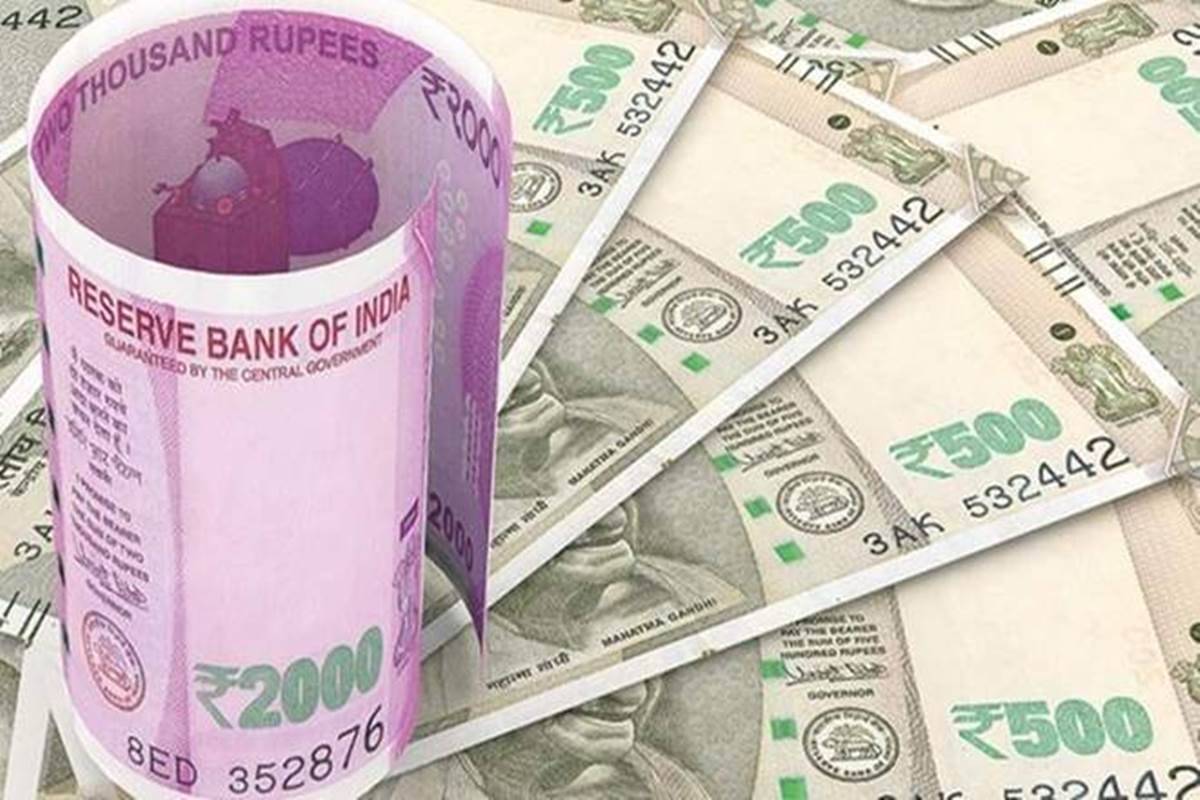 On Forex side, one can clearly observe that Rupee is not appreciating despite stronger inflows into equity.
On Forex side, one can clearly observe that Rupee is not appreciating despite stronger inflows into equity. By Amit Pabari
What to choose when someone wants to prioritize both the things on top of the list? The RBI is probably facing the same scenario right now and has to balance the seesaw. On one side RBI has to keep yield favorable to support the government’s record borrowing plan. On another side, they need to keep yields better placed in a rising global yield environment to avoid flight of capital from India.
It was expected that RBI will come up with calendar for bond purchase during policy announcement to support largest fiscal borrowing plans but governor came with another option like allowing retails participants to have direct access into G-sec through a new platform known as ‘Retail Direct’ and allowed banks to retain 22% of SLR holdings in Held-To-Maturity without marking MTM for a year longer. Till date, RBI has bought about Rs 2.5 lakh crore of net debt in FY 21 and it is likely to touch Rs 3.0 lakh crore by end of March, 2021. On one side, RBI announced OMO operation worth Rs 20,000-crore and on another side RBI announced twin sale of 10 year bond and 5.15% of 2025 bond for 11,000 each. This combination will help to narrow down widening the gap between 10-year bond yield and repo rate to around 150 basis points from currently more than 200 basis points and also help to flatten the yield curve to gauge inflation expectation.
On Forex side, one can clearly observe that Rupee is not appreciating despite stronger inflows into equity. Neither had it depreciated much when the market was corrected by more than 5% before budget. This indicates that RBI is using its remaining card to keep volatility in check by not allowing rupee to appreciate beyond 72.80 or depreciate beyond 73.15 levels. Compared to spot, a little volatility can be observed in the forward market as premiums are quoting continuously higher above 5% upto 1 year. It is expected that RBI has intervened in forwards and not in spot market to keep current liquidity pegged to the bond market. This has created a win-win situation for both importers and exporters, as spot is favoring importers and forward is favoring exporters.
The next question could be till when RBI will manage the FX and bond market?
As global bond yields are continuously rising on expectation of speedy economic recovery from Corona-era coupled with commodity prices at multi year highs suggests domestic yield could not be manageable by RBI while entering into FY22. In fact, rising emerging market currencies on back of strong inflows due to high carry trade could pressurize on RBI’s action of now letting rupee to appreciate. Overall, we are just a couple of months away from back to normal volatility in bond and FX market and can be seen taking cues from international markets.
Apart from RBI’s direct action and its impact on FX and bond, FIIs inflow has been the major factor which made RBI to step up their forex bucket at an all-time high of $590 billion to avoid flight of capital during reversal in the equity market. On global front, rising crude oil prices have still not impacted Rupee or EM currencies. But when the ongoing euphoria bubble will burst, we could experience the contagion effect of higher oil prices on inflation and so on equity and FX market.
Technical Outlook:
Let’s revisit the USDINR’s historical chart and check whether the future lies in the past. Analysis on weekly chart since 2014 bottom around 58, suggests that there has been two instances when the USDINR pair jumped steeply higher and then corrected by 53%-55% zone.
If we consider the current scenario, after bottoming out near 68.25 levels in July-2019; pair jumped sharply above 72.40 levels. But post that it went into a consolidation phase for 6 months. Then breakout was observed just at the time of Corona lockdown period and pair made a high near 77 mark. Considering a rally from 68.25 to 77 and applying historical retracement of 53-55% (as has been the case for last couple of time) then we could see a maximum bottom near 72.30-72.50 zone. And from thereon the pair could resume its uptrend towards 73.80-74.00 levels.
 Analysis on weekly chart since 2014 bottom around 58, suggests that there has been two instances when the USDINR pair jumped steeply higher
Analysis on weekly chart since 2014 bottom around 58, suggests that there has been two instances when the USDINR pair jumped steeply higherOutlook for the pair:
Considering domestic and foreign fundamentals, appreciation side cannot be negated but definitely it is limited. Whereas, technical chart suggest that a medium term bottom should be formed in the range of 72.30-72.50.
Strategy for thin margin exporters:
We advise thin margin exporters with short term exposure to cover back to back orders around pullback till 73-73.05 levels.
Strategy for thick margin exporters:
For thick margin exporters we advise to cover on pullback till 73.15-30 levels and keep a stop-loss of 72.75 on closing basis for risk-averse exporter and 72.50 stop-loss on closing basis for risk-taker exporters. Further, they are advised to hedge through long term forwards to gain more than 5% premium and pre-utilize the same on receivables.
Strategy for importers:
Importers can buy their import payments up till March between 72.50 to 72.80 levels and can wait with the stop-loss of 73.00 levels for further bookings.
(Amit Pabari is managing director at CR Forex Advisors. The views expressed are the author’s own.)
This article is auto-generated by Algorithm Source: www.financialexpress.com



